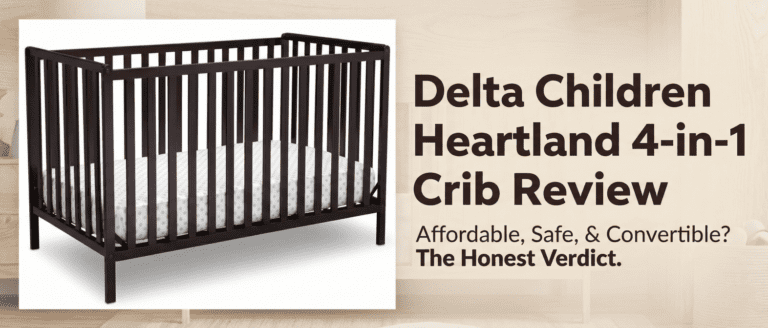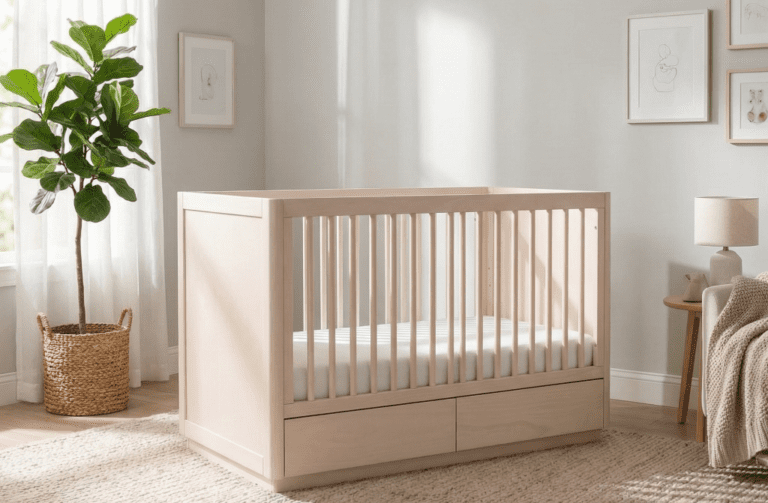Motherhood, One Nap at a Time
Welcome to your digital village, where I share honest encouragement, researched baby tips, and the simple things that make the newborn days feel a little less overwhelming. Grab a cup of coffee (reheated is fine) and settle in—you’re doing a great job, mama.
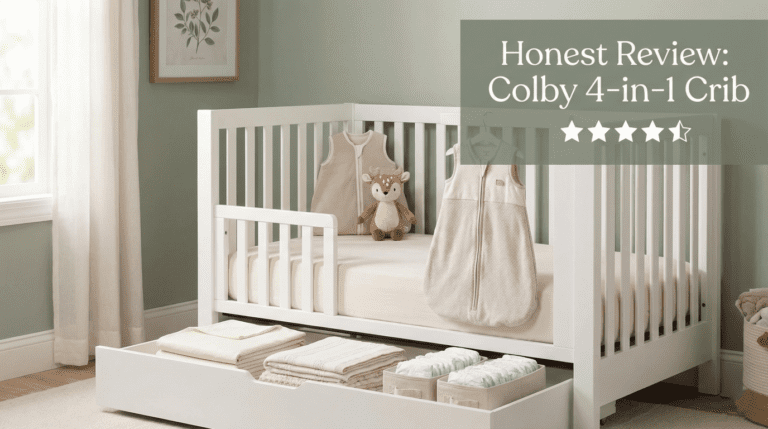
Davinci Colby 4-in-1 Crib Review: Is the Trundle Drawer Worth the Hype? (2026)
CribLatest travel tips
Discover quick, practical insights to make every trip smoother, more fun, and a little more effortless. Whether you’re planning a weekend getaway or a long escape, these tips will help you travel smarter and enjoy the journey.
All travel tipsThe Lifestyle Starter Bundle
Get my free Lifestyle Starter Bundle and jump into a curated mix of easy routines, home tips, wellness ideas, and gentle inspiration.
Grab the guide now!What’s trending
 Crib
Crib
Davinci Colby 4-in-1 Crib Review: Is the Trundle Drawer Worth the Hype? (2026)
Davinci Colby 4-in-1 crib review posts often highlight the built-in trundle drawer as a game-changer for nursery storage, but does this popular centerpiece actually deliver on its promise of functionality and style? If you are a first-time parent navigating the overwhelming world of nursery furniture, you likely have two main priorities: safety and maximizing space….
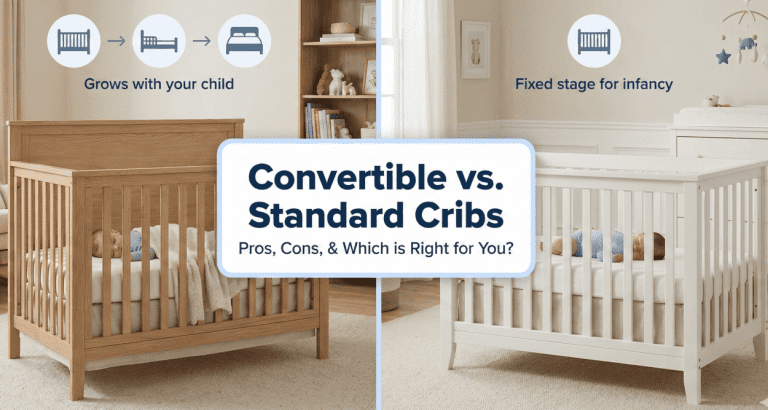 Crib
Crib
Convertible vs. Standard Cribs: Is the “4-in-1” Upgrade Worth the Extra Cost?
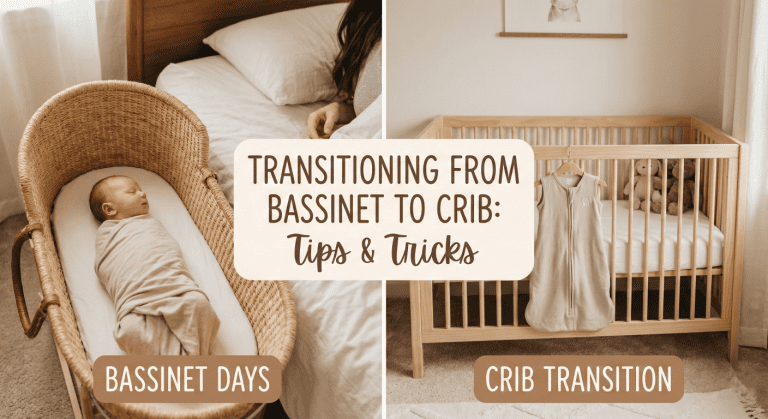 Crib
Crib
Mastering the Bassinet to Crib Transition in 2026 : A Step-by-Step Guide
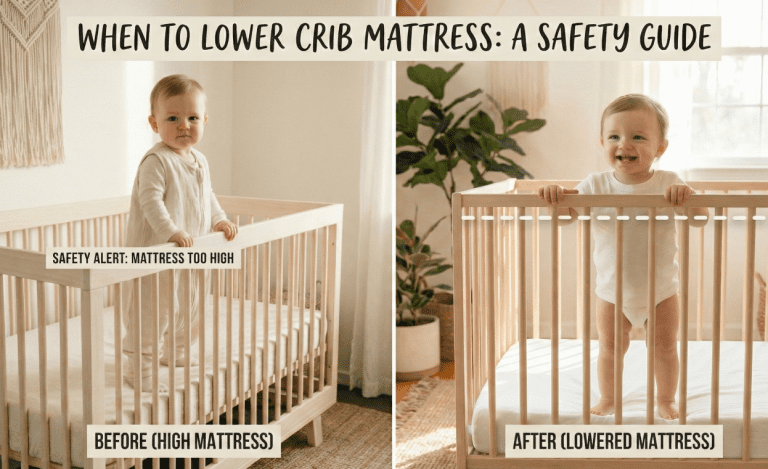 Crib
Crib
When to Lower Crib Mattress: Safety Timeline by Age & Developmental Milestones
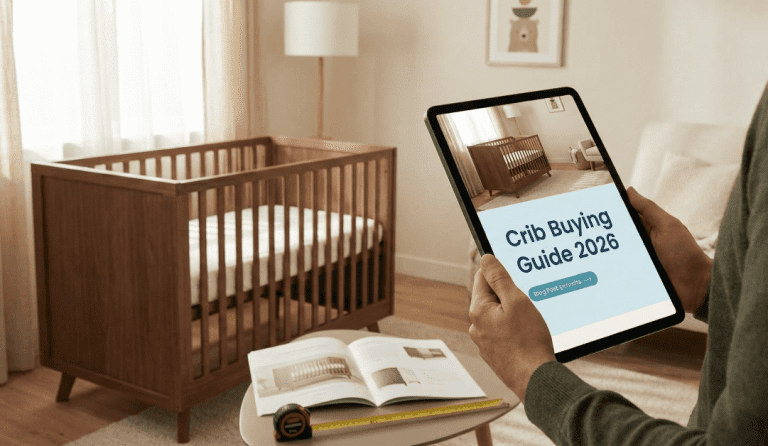 Crib
Crib






